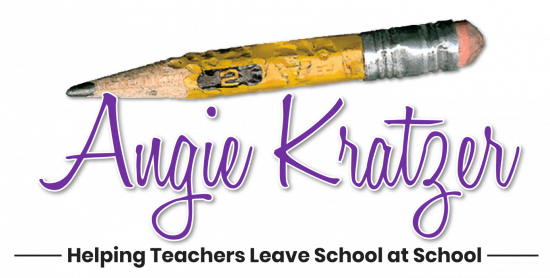
We had three channels, rabbit ears, and tin foil (and knew how those three things went together). My strongest sound memory is the slamming of our back screen door. I lived outside. My students have Prime Video, Netflix, Hulu, Roku, and YouTube; and they carry them in a pocket. They live inside.
When I saw Angel Boligan’s art on Question 1 of the 2010 AP Lang exam, I brought my outside experience to that image. I knew instantly that my students understood the boy sitting in front of the screen, but few of them had ever experienced life through that window.
When given artwork, a photograph, or a cartoon, what students are being asked to do is infer, and that skill requires that they bring in what they already know and add it to the details being given to them. Background + Detail=Inference. How do we help inside content absorbers make connections that require outside background knowledge and experience?
Use the ME-WE-FEW-YOU process (Modeled-Shared-Guided-Independent).

Model the thinking process and let students hear you move through the analysis of an image. (A brave instructor will let students bring in images for a cold analysis. You might luck out and get some obscure New Yorker cartoon, and then you can model what it looks like to be stumped!) From modeling, move to whole-group guided practice. Project a photograph and have students wrestle together with it with you at the steering wheel. Take it one step closer to independence by having students work in pairs or trios to look for details and connect them to the artist’s purpose. A sort of “guided independence” (I know, contradictory) will follow when students analyze alone but with the scaffolding of a question set. Here are the sets I give my students for two types of images:
Photograph
- Make an exhaustive list of details in the photograph.
- What overall impression do you have looking at the photograph? Does it draw any particular emotion from you?
- Describe how color is used in the photograph.Are there sharp contrasts? Does the photographer use color at all? Why or why not?
- What background knowledge do you bring to your interpretation of this photograph? For example, do you have information about the subject?
- Given all of these details and your own background knowledge, what is the photographer’s tone toward the subject matter?
- What message is the photographer trying to communicate to the person looking at the photograph? What is the overall impression he or she creates?
Cartoon
- What is the setting of the cartoon? Include time period, political atmosphere, and physical surroundings.
- Who are the characters in the cartoon? If there are labels, how do they identify the characters?
- Make notes about details in the cartoon such as facial expressions, caricature elements (like extra large hands or ears), character interactions with objects (like an elephant holding a dollar bill), signs, and labels.
- What background knowledge do you bring to your interpretation of this cartoon? For example, do you have information about the subject? What characters do you recognize?
- Given all of these details and your own background knowledge, what is the cartoonist’s tone toward the subject matter?
- What message is the artist trying to communicate to the person looking at the cartoon?
Drop me your email address HERE, and I’ll send you the graphic organizers I use with my students.


